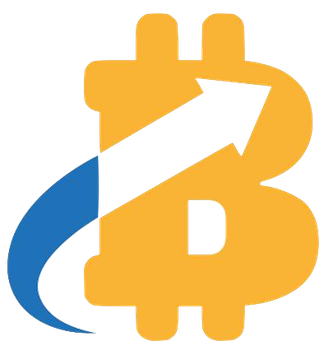In the rapidly evolving world of blockchain technology, regulation continues to cast a long shadow. Recent statements from SEC Commissioner Hester Peirce reveal an ongoing tension surrounding layer-2 solutions—particularly those that incorporate centralized matching engines. While blockchain advocates celebrate the promise of decentralization, regulators are scrutinizing how these protocols are operated and who controls them.
admin
South Korea’s largest crypto platform, Upbit, has just dropped a cryptic teaser for “Giwa,” yet the message is riddled with uncertainties and vague promises. This clandestine countdown raises skepticism rather than confidence. Is this merely a gimmick to stir excitement, or does the project have concrete substance behind its mystery? Much like previous half-baked blockchain
In recent years, the cryptocurrency sector has experienced a whirlwind of technological breakthroughs and regulatory upheavals, creating an environment that often appears as a double-edged sword. On one side, dynamic innovations promise to democratize finance, increase transparency, and challenge entrenched financial institutions. On the other, an underlying layer of instability, speculation, and unfulfilled promises renders
While advocates like Semilore Faleti highlight the efficiency and transparency that cryptocurrencies offer, a deeper scrutiny reveals that much of this optimism is overly simplistic. Digital assets undoubtedly introduce a new paradigm for financial transaction efficiency, but they often neglect the persistent barriers to mass adoption. Volatility remains a defining characteristic, making cryptocurrencies unreliable as
European policymakers have painted regulation as a safeguard for consumers and financial stability, but in reality, they are architecting a blueprint for economic stagnation and strategic decline. The EU’s flagship crypto regulation, MiCA, was initially heralded as a foundation for orderly innovation. However, beneath that veneer lies a rigid, restrictive framework that threatens to obliterate
For over a year and a half, Bitcoin has mesmerized markets with its seemingly unbreakable upward trend. New highs have become routine, reinforcing the narrative that cryptocurrency is an unstoppable force. This bullish momentum has led many companies to believe that holding Bitcoin on their balance sheets is a strategic hedge against inflation and a
In recent months, the blockchain landscape has experienced a seismic shift with the emergence of corporate-controlled Layer-1 (L1) blockchain networks such as Circle’s Arweave and Stripe’s Tempo. These developments seem, on the surface, to offer innovative solutions tailored for specific industry needs. However, a deeper analysis reveals a troubling trend: behind these shiny new chains
When Nasdaq announced its decision to require shareholder approval for stock issuance used to acquire cryptocurrencies, it marked a significant intervention in the largely unregulated world of digital assets. While the move might seem prudential on the surface—aiming to protect investors and preserve market integrity—it also raises questions about whether such bureaucratic gatekeeping could hinder
In recent months, Bitcoin has captivated investors and skeptics alike, reaching unparalleled heights that seemed almost unbelievable just a year prior. Yet, beneath this shiny veneer of prosperity lies a troubling truth: the exuberance fueling this rally might be nothing more than a fragile bubble. As a center-right liberal, I believe it’s vital to scrutinize
For years, the narratives surrounding cryptocurrency have been dominated by the promise of relentless altcoin rallies—dynamic shifts that supposedly mirror Bitcoin’s earlier meteoric rise. However, a critical examination reveals that what many perceive as an “altcoin season” is increasingly just a mirage fueled by institutional strategies rather than genuine retail-driven enthusiasm. Contemporary market behavior suggests

















